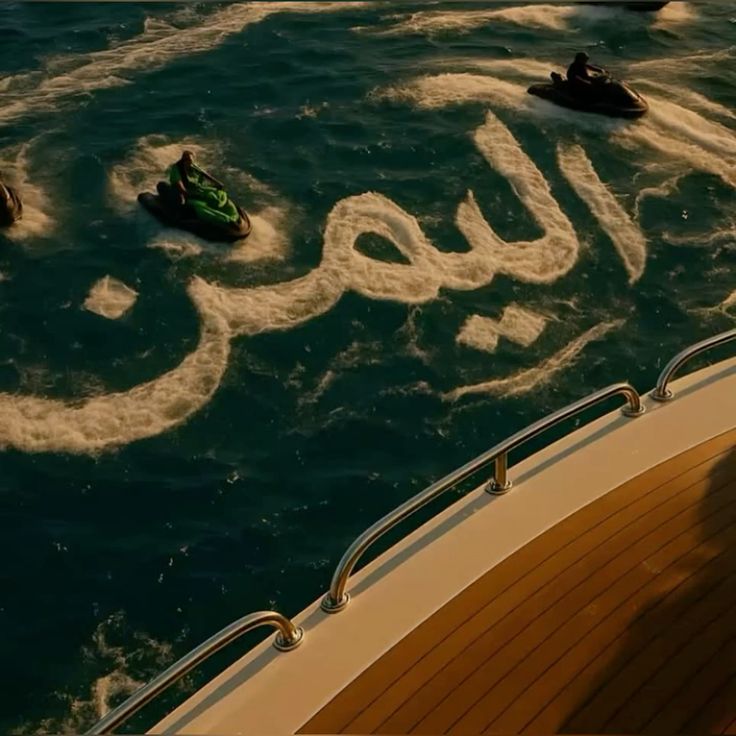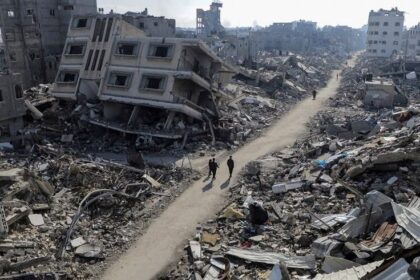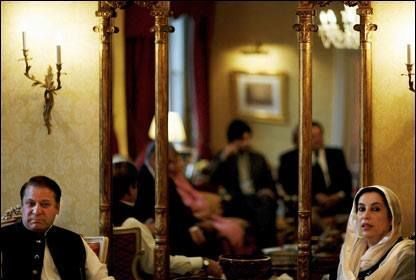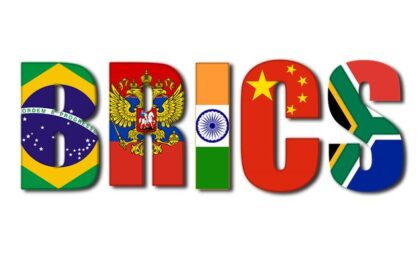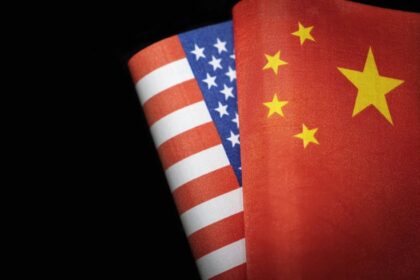The Red Sea is boiling—not with waves, but with warships. It is a narrow waterway, just 20 miles wide at its slimmest point. However, the Bab el-Mandeb Strait—whose Arabic name translates chillingly as “Gate of Tears”—has become one of the most contested pieces of water on the planet.
Nearly every missile fired, every drone launched, and every foreign ship anchored near Yemen’s coast in recent months traces back to this one corridor. It is not about aid. It is not about peace. It is about power. Moreover, whoever controls this chokepoint, it turns out, has their hand on the throat of global trade.
Roughly one-tenth of the world’s seaborne oil passes through the strait each day. More than $1 trillion in goods moves annually through this corridor connecting the Red Sea to the Gulf of Aden and onwards to the Suez Canal. Tankers from Saudi Arabia, bulk carriers from China, LNG ships bound for Europe—almost all of them must pass Yemen’s western shore. Moreover, now, as Houthi forces embed along that coastline, global powers are racing to reassert dominance.
American destroyers are back. French frigates are deployed. Drones fly overhead. Moreover, just last week, a U.S. Navy warship reportedly intercepted a Houthi-launched missile targeting a commercial vessel near Mokha. These are not isolated incidents. Since late 2023, the Houthis have claimed responsibility for multiple attacks on ships transiting the Red Sea, justifying their actions as part of their alignment with the Palestinian cause. They have warned Western vessels: steer clear or become targets.
The official Western response? A multinational operation branded Prosperity Guardian, tasked with “protecting maritime freedom.” However, beneath the language of security lies a much older story—one of empire, control, and maritime obsession.
If the map looks familiar, it should. The Bab el-Mandeb corridor has always been a stage for imperial projection. In 1839, the British Empire seized control of the port of Aden to safeguard its sea route to India. For the next 130 years, Yemen’s coast was viewed not as sovereign territory but as a vital node in Britain’s imperial supply chain.
Even after the empire dissolved, the logic of domination persisted. First came Cold War alliances. Then, post-9/11 securitisation. Now, we are witnessing what some analysts call “chokepoint geopolitics”—a new imperialism where geography trumps diplomacy.
And Yemen? It is the hostage in the middle.
Since 2015, the country has endured a brutal civil war between the Saudi-backed internationally recognised government and the Iran-aligned Houthi rebels. However, the war is no longer confined to cities like Sana’a or Taiz. The Red Sea front has become the new battlefield. The Houthis, through a combination of land-based missiles, naval mines, and drones, have turned the Bab el-Mandeb into a weapon. Moreover, the world is responding—not with peace talks, but with warships.
It is not just about Yemen. The Strait has become a microcosm of 21st-century power struggles. The United States, France, and China all maintain military bases in Djibouti, just across the water. Israel, facing attacks on its southern port city of Eilat, has quietly increased naval intelligence operations. Saudi Arabia and the UAE are building up infrastructure along the Yemeni coast and even on offshore islands like Perim and Socotra. Iran, for its part, continues to supply the Houthis with military and strategic support, seeing the Red Sea as the perfect theatre to bleed its regional rivals.
However, while global powers square off, Yemenis pay the price. More than 21 million people in the country depend on humanitarian aid. Millions face starvation. Moreover, ports like Hodeidah—vital for food and medicine deliveries—have been bombed, blockaded, or militarised. As Western analysts obsess over tanker routes and shipping insurance premiums, the civilian catastrophe deepens.
There is also a bitter irony: the very states claiming to defend “freedom of navigation” are the ones destabilising the region. Saudi Arabia’s intervention in 2015, backed by American weapons and logistics, escalated what had been a localised rebellion into a nationwide war. The UAE’s seizure of strategic Yemeni islands under the pretext of anti-piracy campaigns has sparked accusations of land grabs. Moreover, Western naval patrols rarely prioritise humanitarian corridors—unless the vessels carry oil.
The phrase “freedom of the seas” has been weaponised. It no longer simply means safe passage for ships; it means strategic leverage. When American or European officials talk about defending the Red Sea, they rarely mention Yemenis. They mention oil, global markets, and “shared interests.” The people living along the strait have become ghosts in their geography.
In one of the few public statements to pierce this sanitised language, Iran’s navy chief, Admiral Habibollah Sayyari, declared in 2016, “We will never allow the enemies to close the Bab el-Mandeb.” That quote has since echoed through military briefings and security journals. However, what goes less quoted is the everyday reality for families living just a few miles from that “Gate of Tears”—cut off from aid, dodging drone strikes, watching naval destroyers glide past while their children starve.
The question of who owns the Red Sea is deceptively simple. Legally, no one does. However, practically, those with fleets, bases, and drones exercise the most control. The Houthis may disrupt the flow of ships, but they do not control the strait. Neither do the Yemeni people. Instead, control lies with those who never needed to ask for it.
A better question than “Who owns the Red Sea?” may be “Who owns the narrative of the Red Sea?” As things stand, Yemen’s location has become its curse. It is neither a stakeholder nor a decision-maker in how its waters are governed. Its voice is filtered through the perspectives of naval coalitions, security briefings, and drone surveillance.
Thus, while the strait remains open for trade, it remains closed to peace.






